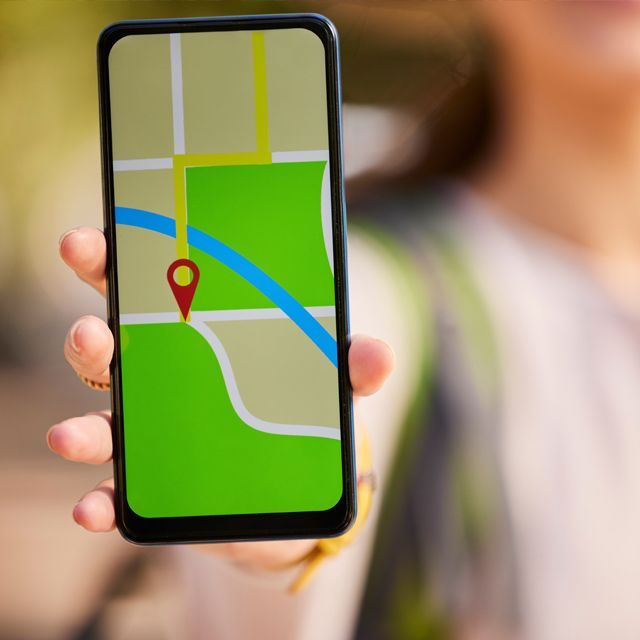What is Geofencing?
Geofencing provides location-based data through an app or software program by using GPS, cellular data, or radio frequency identification (RFID) to set off a targeted marketing action to users in a designated area. These actions can include
emails, texts, social media ads, app notifications, etc. when a mobile device or RFID tag enters or exits a virtual geographic “fence” around a location -- hence the term “geofencing.”
Consumer location can be tracked through technology such as Bluetooth and GPS, and can be utilized to target consumers via geotargeting, geofencing, and beaconing.
Why geofencing advertising?
x2
Mobile ads with geofencing have double the click-through rate.
92%
Geofencing is compatible with 92% of smartphones.
53%
53% of shoppers visited a retailer after receiving a location-based message.
90%
90% of SMS messages are read within 3 minutes.
Source: Increasily, "Geofencing Marketing: the Complete and Easy Guide for 2022". March, 2022.
Case Samples

Higher Education:
Geofencing can help boost
enrollment efforts, promote program-specific course offerings, and increase ticket sales to athletic events and fine arts performances.

Legal:
Attorneys can geofence near immigration centers or embassies.

Automotive:
Dealers can set up a geofence aimed at targeting individuals who are leaving a rival dealership after browsing for a vehicle.
Key Features




